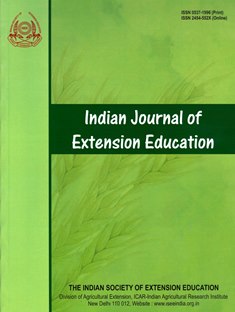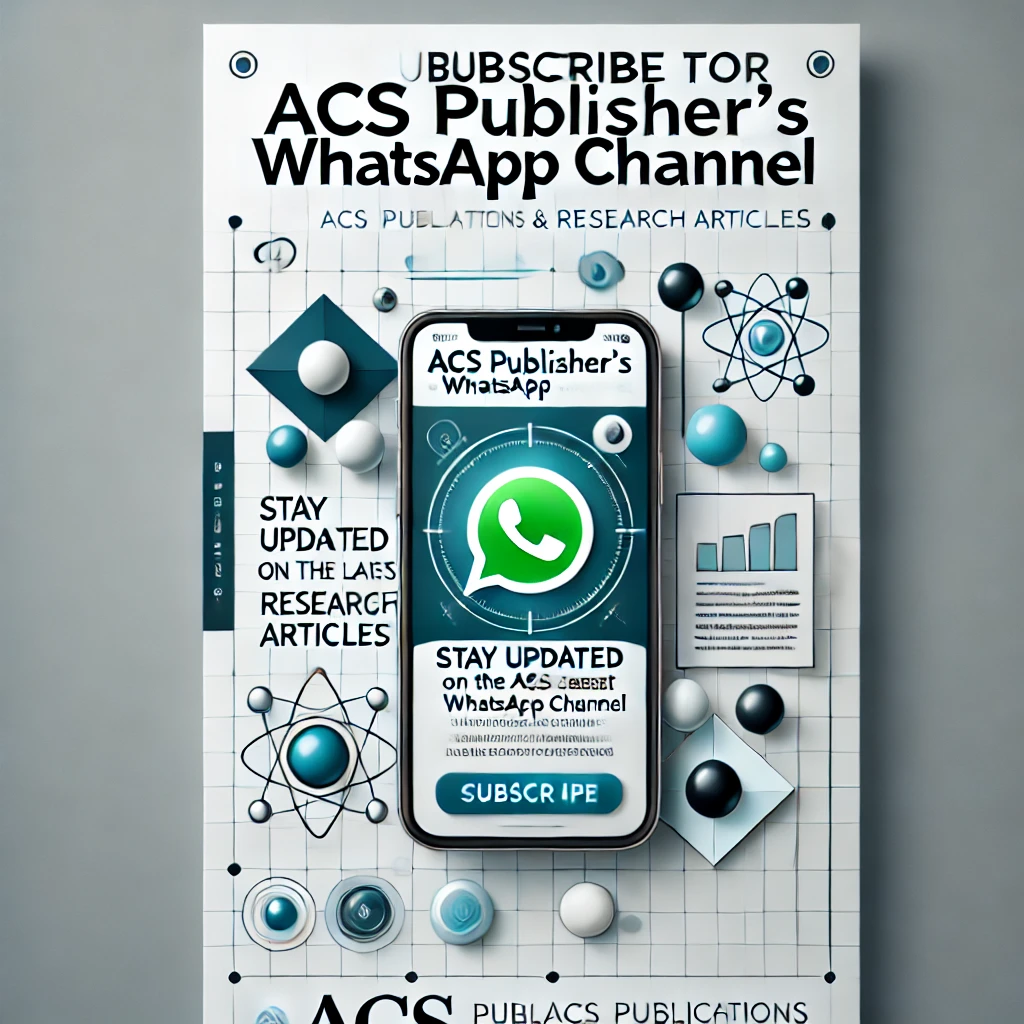Bridging the Digital Divide: Constraints to Digital Literacy Among Joint Liability Groups Women Farmers in Kerala
DOI:
https://doi.org/10.48165/IJEE.2025.614RN07Keywords:
Digital literacy, Women farmers, Joint liability groups, Constraints, Garrett ranking, Kerala.Abstract
Digital literacy remains a critical determinant of women farmers’ ability to participate in and benefit from emerging agricultural innovations. Among women farmers in Joint Liability Groups (JLGs) in Kerala, multiple barriers continue to limit their effective digital engagement. To capture these constraints, data were collected from 280 respondents across 14 districts during April-May 2025 using a structured interview schedule supplemented by focus group discussions. Constraints were prioritised through Garrett’s ranking technique. The findings revealed that limited training opportunities emerged as the most severe barrier (mean score 64.66), followed by high internet costs (56.28), lack of local mentorship (56.03), and insufficient government initiatives for digital adoption (55.35). Other important challenges included non-customised training programs (55.27), low digital proficiency (55.12), complex digital interfaces (54.82), dependence on family members (51.78), low motivation (50.59), and language barriers in training materials (48.40). The findings indicate that digital exclusion among JLG women farmers arises from interlinked educational, economic, infrastructural, and socio-cultural constraints. The study emphasises the need for gender-sensitive and context-specific training, affordable internet access, community-based mentorship, and targeted policy support to strengthen digital literacy and empower women farmers in Kerala’s agrarian economy.
Downloads
References
Agricultural Census. (2016). All India report on agricultural census 2015–16. Ministry of Agriculture and Farmers Welfare, Government of India.
Census of India. (2011). Ministry of Home Affairs, Government of India. Retrieved from https://censusindia.gov.in
Chakraborty, S., & Gupta, R. (2019). Challenges and prospects of digital technology adoption among women farmers in India. Journal of Rural Studies, 68, 104–112.
FAO. (2023). How to feed the world in 2050. Food and Agriculture Organisation of the United Nations, Rome.
Fuglie, K. (2018). Is agricultural R&D slowing down? Global Food Security, 17, 73–83.
Garrett, H. E., & Woodworth, R. S. (1969). Statistics in psychology and education (6th ed.). Vakils, Feffer & Simons Pvt. Ltd., Mumbai.
Gebbers, R., & Adamchuk, V. I. (2010). Precision agriculture and food security. Science, 327(5967), 828–831.
GSMA. (2022). The mobile gender gap report 2022. GSM Association, London.
Gurumurthy, A., Chami, N., & Thomas, S. (2016). Digital pathways to women’s empowerment. IT for Change, Bengaluru.
Heeks, R. (2018). Information and communication technology for rural development: Review of practice, theory and policy. Development Policy Review, 36(6), 759–782.
ILO. (2022). Global wage report 2022–23: The impact of inflation and COVID-19 on wages and purchasing power. International Labour Organisation, Geneva.
Kamilaris, A., Fonts, A., & Prenafeta-Boldú, F. X. (2019). The rise of blockchain technology in agriculture and food supply chains. Trends in Food Science and Technology, 91, 640–652.
Kudumbashree Mission. (2023). Annual report 2022–23. Government of Kerala, Thiruvananthapuram.
Kumar, R. M., Nagesha, Y. N., Ranganath, G., & Boraiah, B. (2025). Digital literacy in Indian farming: Opportunities and challenges. Indian Journal of Extension Education, 61(1), 15–28.
Landmann, D., Lagerkvist, C. J., & Otter, V. (2021). Determinants of small-scale farmers’ intention to use smartphones for agricultural knowledge in developing countries: Evidence from rural India. European Journal of Development Research, 33(6), 1435–1454.
Liakos, K. G., Busato, P., Moshou, D., Pearson, S., & Bochtis, D. (2018). Machine learning in agriculture: A review. Sensors, 18(8), 2674.
Mittal, S., Kumar, P., & Singh, A. (2017). Digital literacy for rural women: Unlocking opportunities for agricultural innovation. Technology in Society, 51, 25–32.
MoA&FW. (2023). Agricultural statistics at a glance (2023). Ministry of Agriculture & Farmers Welfare, Government of India.
MoSPI. (2019). NSS report on digital literacy in India. Ministry of Statistics and Programme Implementation, Government of India.
Mukherjee, A., Saha, R., Banerjee, P., & Singh, A. (2023). Barriers to digital adoption in Indian agriculture: An empirical assessment. Agricultural Systems, 209, 103521.
NSSO. (2019). Key indicators of household social consumption on education in India. NSS 75th Round, July 2017–June 2018. Ministry of Statistics and Programme Implementation, Government of India.
Nyamba S. Y., & Mlozi, M. R. (2012). Factors influencing the use of mobile phones in communicating agricultural information: A case of Kilolo District, Iringa, Tanzania. International Journal of Information and Communication Technology Research, 2(7), 558–563.
Paul, N., Slathia, P. S., Kumar, R., & Nain, M. S. (2015). Training needs and constraints of extension officers in transfer of agriculture technology. Journal of Community Mobilization and Sustainable Development, 10(1), 24–28.
Pretty, J. (2018). Intensification for redesigned and sustainable agricultural systems. Science, 362(6417), eaav0294.
Priambodo, A., Sulaeman, M., Permana, I., & Sugiarto, I. (2024). Enhancing the performance and competitiveness of women in MSMEs through digital literacy. Widya Cipta: Jurnal Sekretari dan Manajemen, 8(1), 1–12.
Priya, R., Sharma, A., Gupta, N., & Thomas, P. (2021). Gender gaps in digital agriculture: Policy perspectives. Indian Journal of Agricultural Economics, 76(3), 423–439.
Rahman, M. S., Haque, M. E., Afrad, M. S. I., Hasan, S. S., & Rahman, M. A. (2023). Impact of mobile phone usage on empowerment of rural women entrepreneurs: Evidence from rural Bangladesh. Heliyon, 9(11), e23456.
Rao, N. (2012). Male ‘providers’ and female ‘housewives’: A gendered co-performance in rural North India. Development and Change, 43(5), 1025–1048.
Schnebelin, É. (2022). Linking the diversity of ecologisation models to farmers’ digital use profiles. Ecological Economics, 196, 107422.
Sen, G. (2015). Gender and digital literacy: Exploring the socio-cultural barriers for rural women. Gender and Development, 23(2), 231–245.
Sharma, R., & Singh, P. (2022). Digital inclusion of rural women farmers through extension interventions. Indian Journal of Extension Education, 58(2), 22–29.
Singh, A. K., Meena, B. S., & Devi, S. (2023). ICT-enabled extension services: Trends and prospects. Indian Journal of Extension Education, 59(3), 45–53.
World Bank. (2022). Digital agriculture: The future of farming. World Bank Publications, Washington DC.
Ziegler, S. (2021). Digital literacy in rural areas: An indispensable condition to bridge the divide in Latin America and the Caribbean. Inter-American Institute for Cooperation on Agriculture (IICA), Costa Rica.
Downloads
Published
Issue
Section
License

This work is licensed under a Creative Commons Attribution-NonCommercial-NoDerivatives 4.0 International License.

